Introduction
Apricots, with their velvety skin and luscious golden-orange hue, have captured the hearts of fruit lovers for centuries. Their unique blend of tart and sweet flavors, combined with a rich cultural history, makes them one of the most cherished stone fruits in the world. But have you ever wondered which country leads the globe in producing this delicious and nutrient-packed fruit? While many nations grow apricots, Turkey stands out as the world’s most renowned and dominant apricot producer.
In this article, we will dive into the factors that make Turkey the apricot capital of the world, explore other leading producers, understand the economic and cultural significance of the fruit, and examine how climate and geography play crucial roles in its cultivation.
Why Apricots Matter: A Fruit with Global Significance
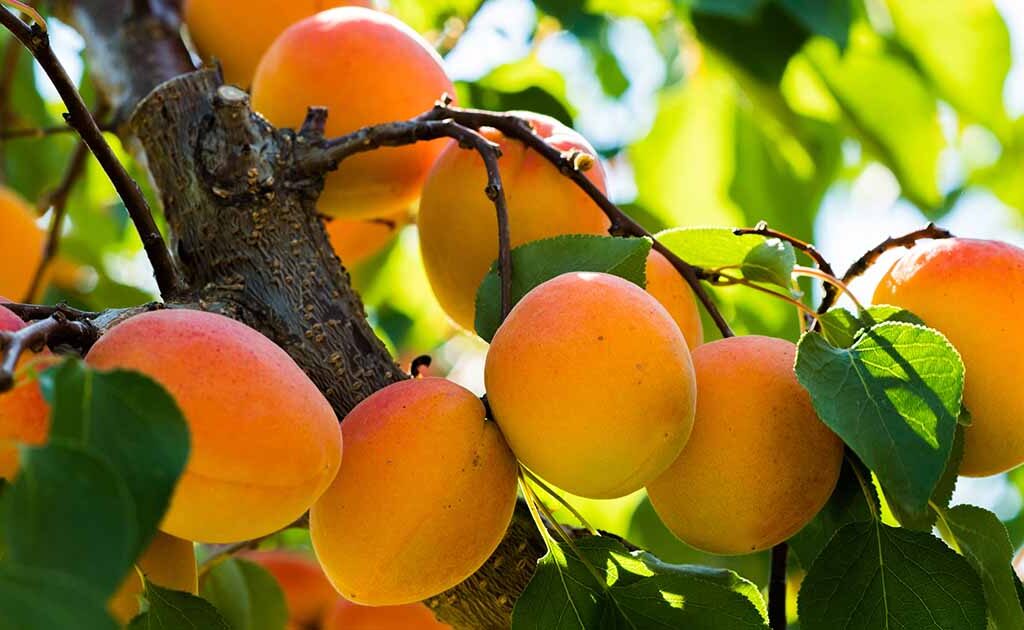
Apricots (scientific name: Prunus armeniaca) are part of the Rosaceae family, related closely to peaches, plums, and cherries. Native to Central Asia, they spread across ancient trade routes to the Middle East, Mediterranean, and beyond. Today, apricots are celebrated not only for their flavor but also for their health benefits, which include:
- High in antioxidants (like beta-carotene and vitamins A, C, and E)
- Rich in dietary fiber, supporting digestive health
- Natural anti-inflammatory properties
- Good for skin and eye health
Due to their nutritional profile and versatility in culinary uses—ranging from fresh fruit and jams to dried snacks and desserts—apricots are a globally traded commodity.
Turkey: The World Leader in Apricot Production
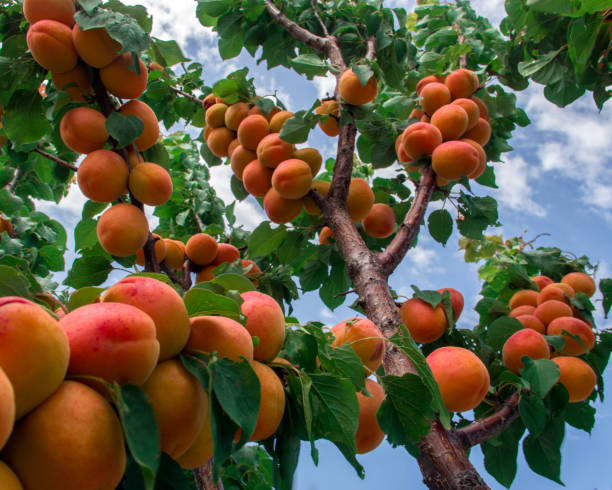
1. Malatya – The Apricot Heartland
Turkey holds the prestigious title of the world’s top apricot producer, and the city of Malatya, located in Eastern Anatolia, is the undisputed epicenter of this production. Often referred to as the “apricot capital of the world,” Malatya is known for its premium dried apricots, which account for a significant portion of global exports.
- Production Volume: According to FAO statistics and Turkish agricultural reports, Turkey produces around 800,000 to 1 million metric tons of apricots annually, depending on climatic conditions.
- Dried Apricots Export: Turkey contributes to over 60-70% of the world’s dried apricot exports, with Malatya leading the way.
2. Ideal Growing Conditions
The success of apricot farming in Turkey, especially in Malatya, can be attributed to:
- Mediterranean climate with hot, dry summers and cold winters (ideal for dormancy)
- Fertile alluvial soils along river basins
- High-altitude orchards that enhance flavor and sugar concentration
- Experienced farming communities with generations of knowledge
3. Economic and Cultural Impact
Apricot farming is a major source of income for thousands of families in Eastern Turkey. The fruit is so central to the region’s identity that Malatya even hosts an International Apricot Festival each year, attracting producers, tourists, and food lovers from around the world.
The Turkish government also supports apricot farmers through agricultural subsidies, research programs, and export incentives, recognizing its value to the national economy.
Other Notable Apricot-Producing Countries
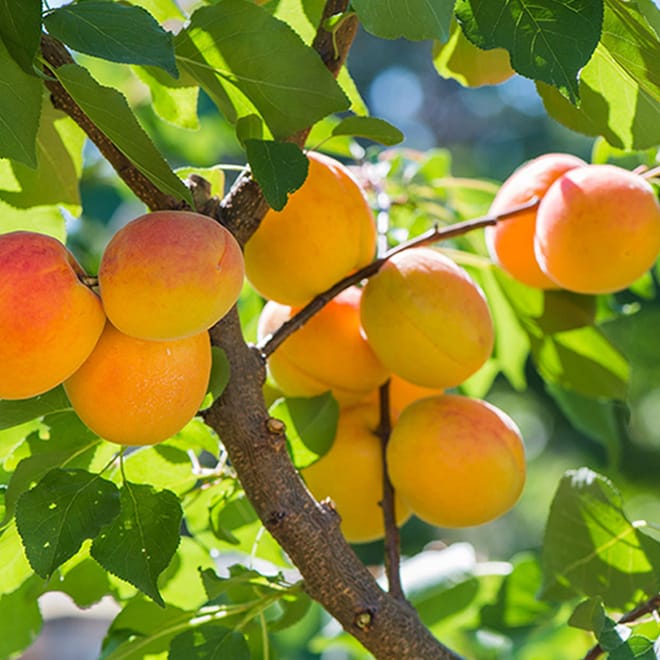
While Turkey dominates global apricot production, several other countries also play significant roles:
1. Uzbekistan
- Production Ranking: Frequently ranks second in the world.
- Unique Features: Uzbekistan’s semi-arid climate is well-suited to apricot trees, particularly in the Fergana Valley and Samarkand regions.
- Cultural Tie: Apricots are a staple in Uzbek cuisine, used in dried form, preserves, and stews.
2. Iran
- Historic Roots: Iran has a long agricultural history and ideal growing conditions, especially in provinces like East Azerbaijan and Tehran.
- Local Varieties: Iranian apricots are known for their diverse flavors and are often used in traditional dishes and sweets.
3. Italy and Spain
- European Leaders: Italy and Spain dominate apricot production within Europe.
- Regional Strengths: Southern Italy (especially Campania and Sicily) and the Murcia region in Spain are key cultivation zones.
- Market Focus: These countries mostly supply the European fresh fruit markets.
4. China
- Historical Origins: Apricots are believed to have originated in China over 4,000 years ago.
- Production Use: China’s apricot production is largely for domestic consumption and traditional medicine.
5. Syria and Armenia
- Symbolic Fruit: In Armenia, the apricot is a national symbol. The name Prunus armeniaca even refers to Armenia, reflecting the ancient ties of the fruit to the region.
- Quality Over Quantity: These countries don’t produce in high volumes like Turkey or Uzbekistan but are known for their rich, flavorful varieties.
Climatic and Geographic Requirements for Apricot Cultivation
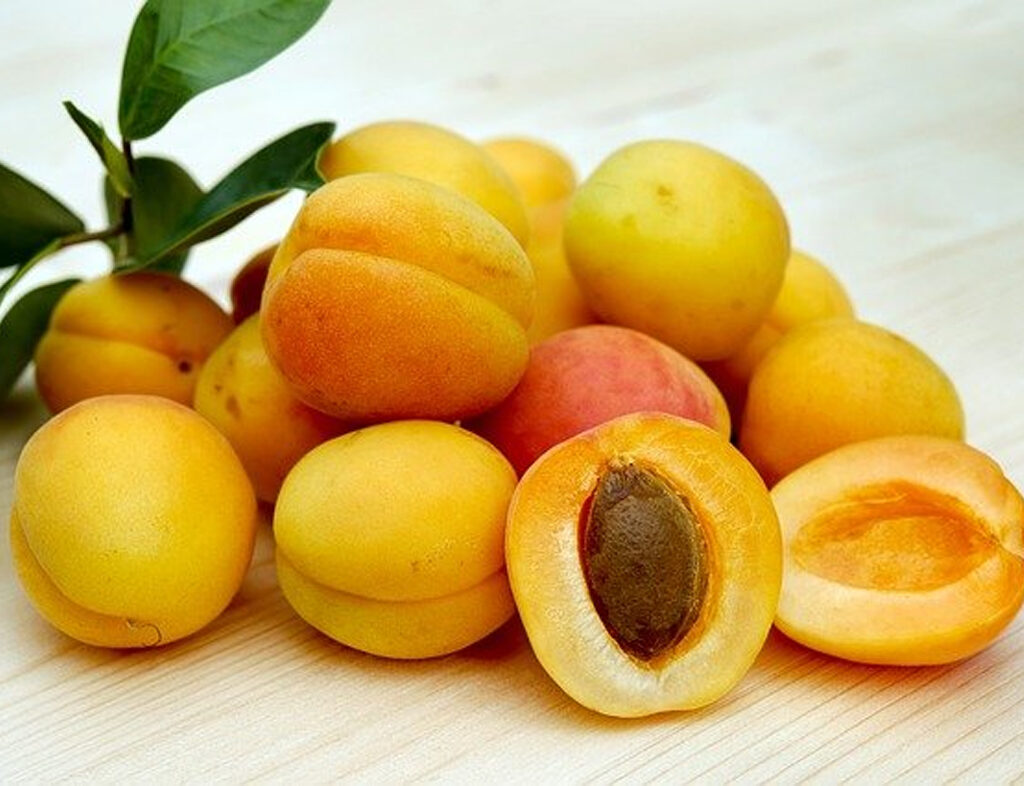
Apricot trees require very specific conditions to thrive:
- Chill Hours: Trees need a sufficient number of chill hours (cold winter temperatures) for dormancy and proper flowering.
- Low Frost Risk: Late spring frosts can damage apricot blossoms, making timing and microclimates critical.
- Dry Growing Season: Apricots thrive in dry summers which prevent diseases and ensure sweet fruit.
- Well-Drained Soils: Trees prefer loamy, well-drained soils rich in organic matter.
Turkey, especially Malatya, offers nearly ideal conditions for apricot cultivation, which is why it has maintained its leading position for decades.
The Global Apricot Trade and Market Trends
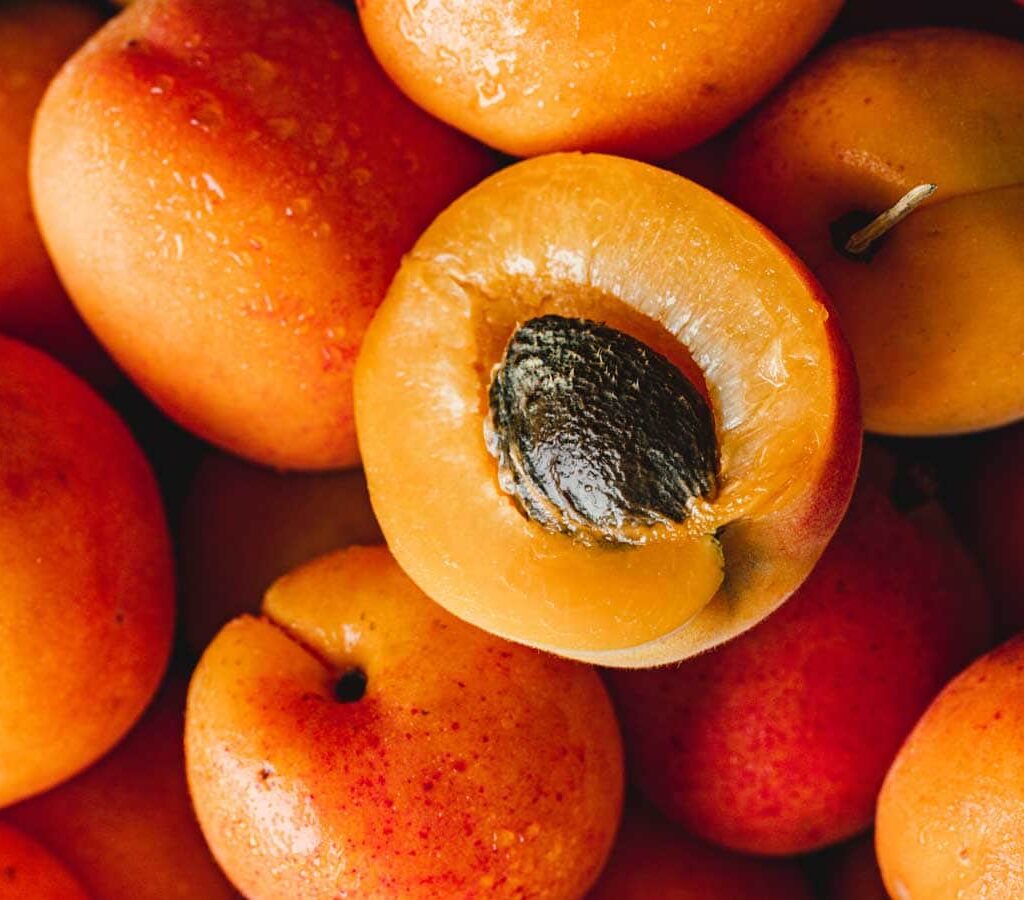
- Export Value: Turkish dried apricots are shipped globally, especially to the U.S., Germany, Russia, and Middle Eastern countries.
- Organic and Sulfur-Free Demand: There’s a growing demand for organic and unsulfured dried apricots, pushing producers to innovate in processing methods.
- Value-Added Products: Apricot-based products such as jams, juices, beauty products (apricot kernel oil), and snacks are seeing rising popularity worldwide.
- Climate Impact: Climate change poses a risk to apricot yields due to unpredictable frosts and droughts, prompting research into more resilient varieties.
Conclusion
When it comes to apricots, Turkey—particularly the Malatya region—is the undisputed global champion. With a combination of ideal environmental conditions, rich agricultural heritage, and massive investment in both cultivation and export infrastructure, Turkey not only leads in production but also sets the standard for quality in the global apricot market.
While other countries like Uzbekistan, Iran, and Italy play key roles, Turkey’s deep-rooted connection to the apricot, both economically and culturally, secures its place at the top. As the world becomes increasingly health-conscious and interested in nutrient-rich, natural products, the humble apricot—led by Turkey’s golden harvest—continues to shine on the international stage.
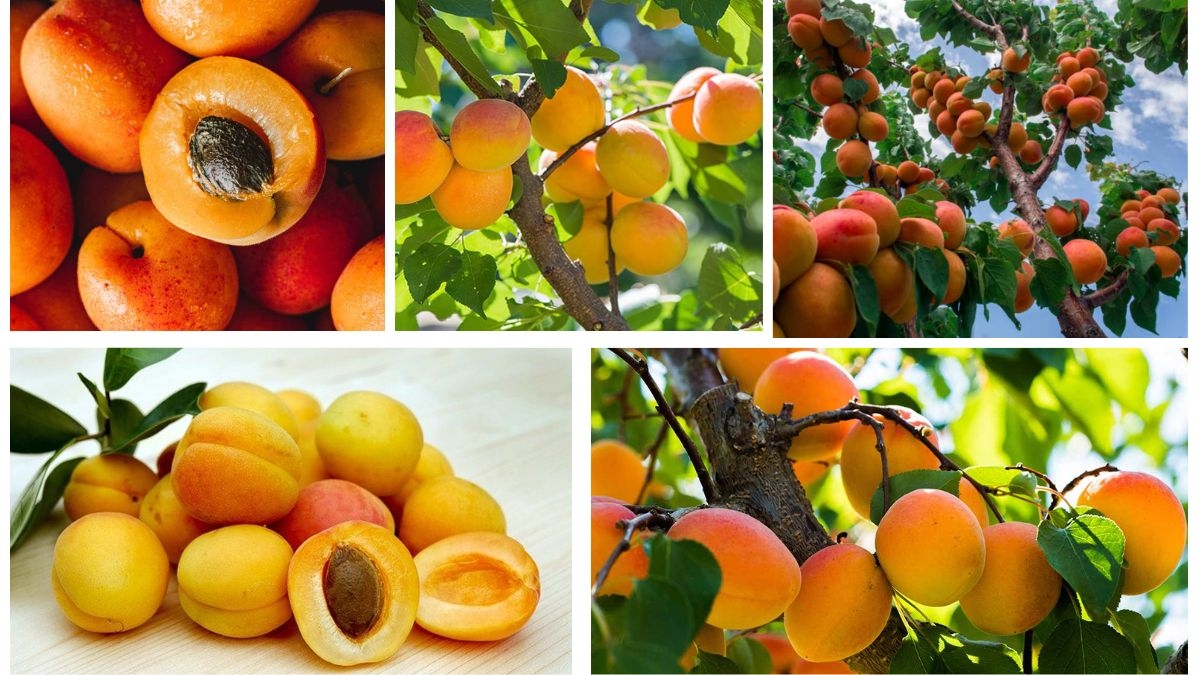



Leave A Comment